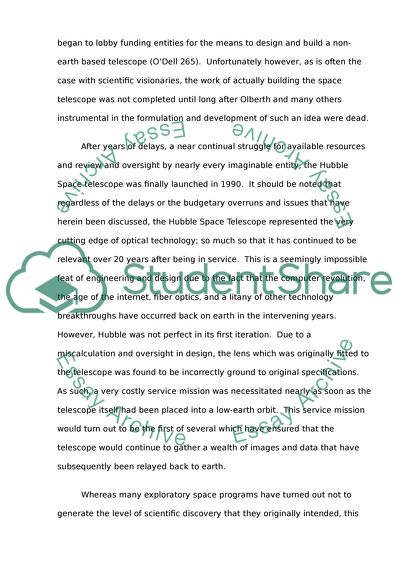Cite this document
(Creation of the Hubble Space Telescope Research Paper, n.d.)
Creation of the Hubble Space Telescope Research Paper. Retrieved from https://studentshare.org/science/1614748-hubble-space-telescope
Creation of the Hubble Space Telescope Research Paper. Retrieved from https://studentshare.org/science/1614748-hubble-space-telescope
(Creation of the Hubble Space Telescope Research Paper)
Creation of the Hubble Space Telescope Research Paper. https://studentshare.org/science/1614748-hubble-space-telescope.
Creation of the Hubble Space Telescope Research Paper. https://studentshare.org/science/1614748-hubble-space-telescope.
“Creation of the Hubble Space Telescope Research Paper”, n.d. https://studentshare.org/science/1614748-hubble-space-telescope.


